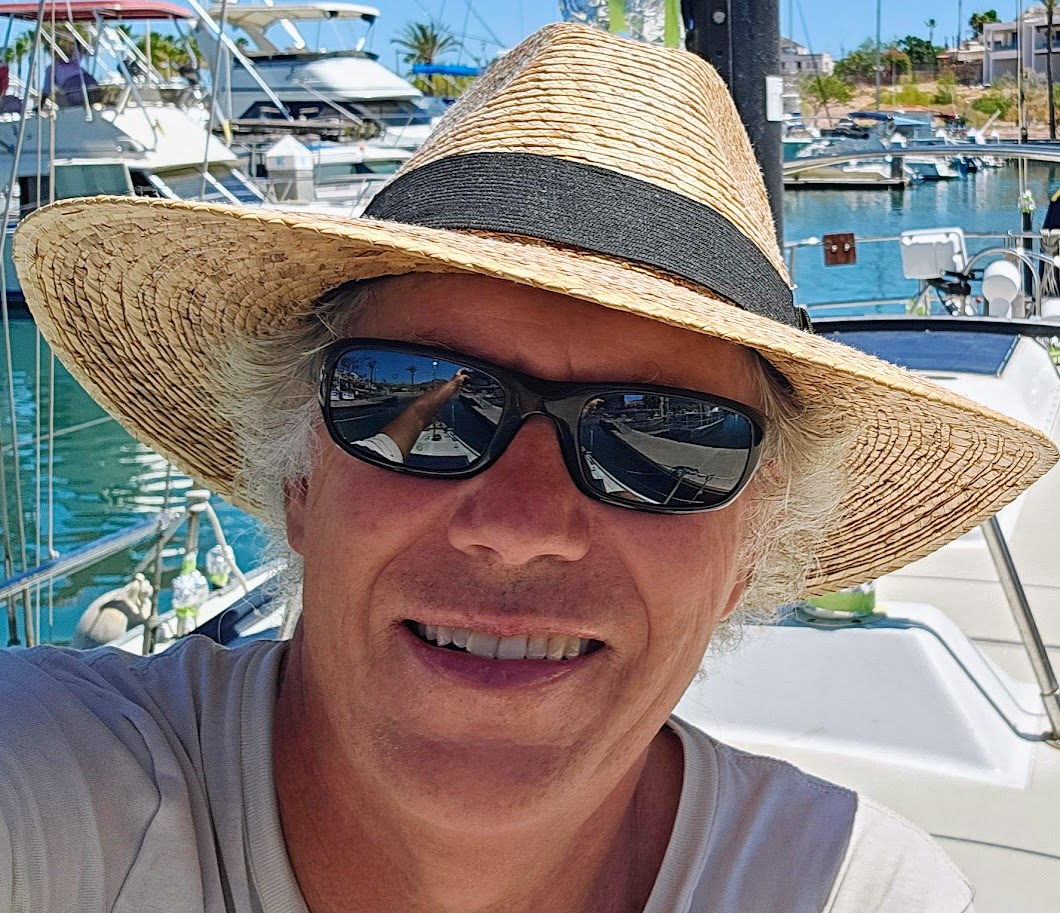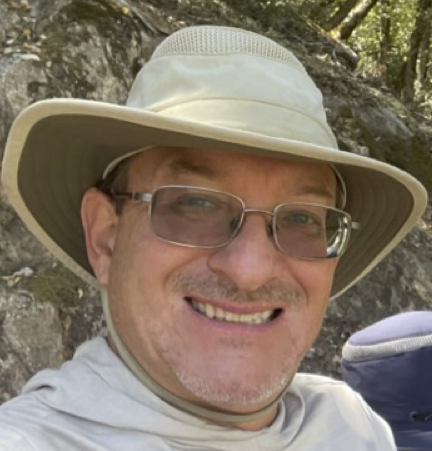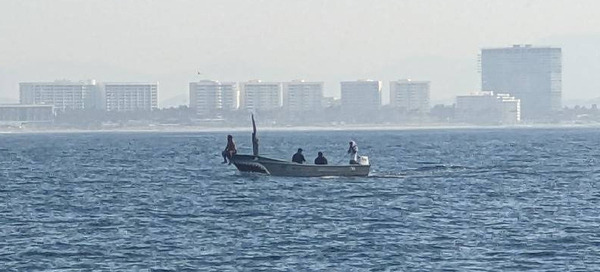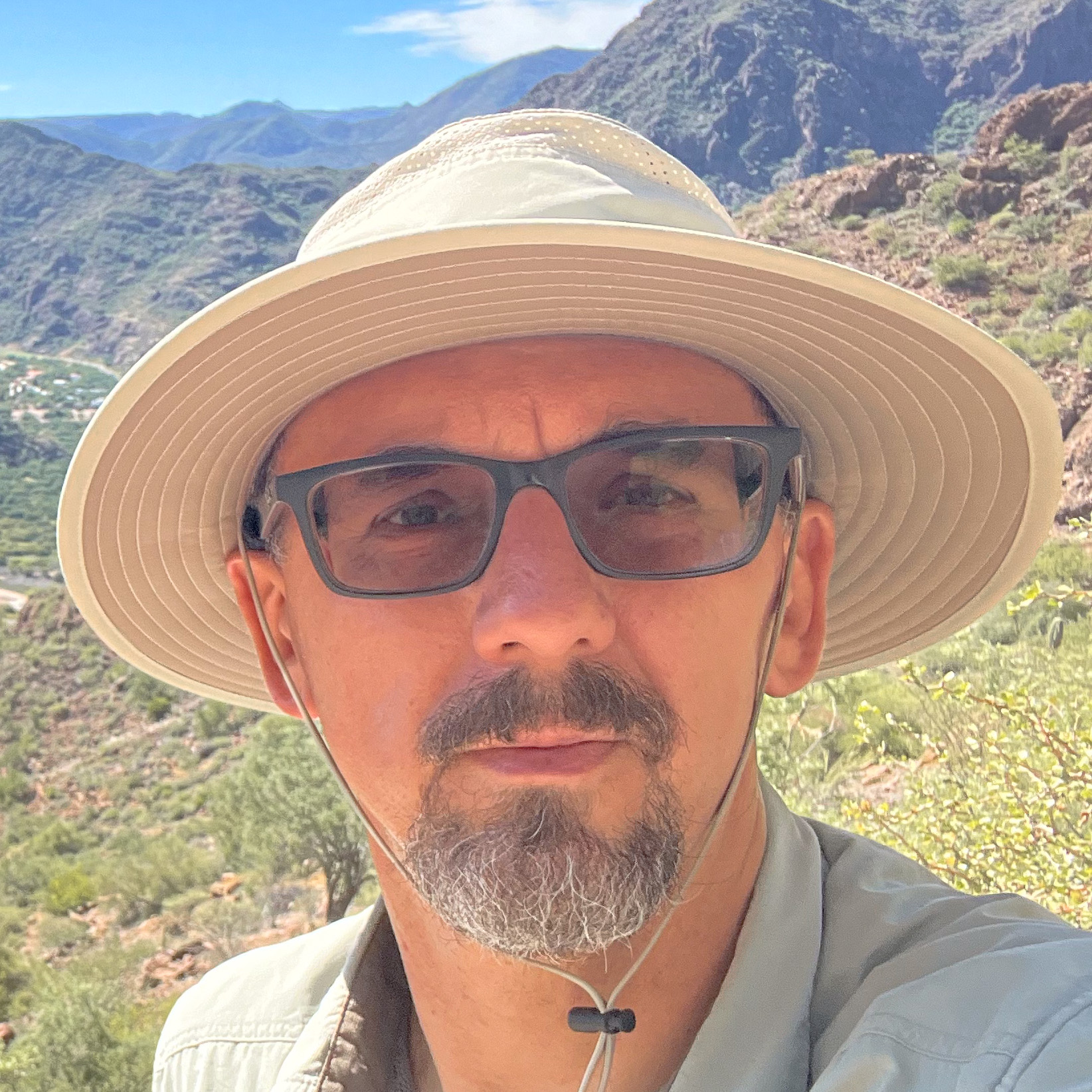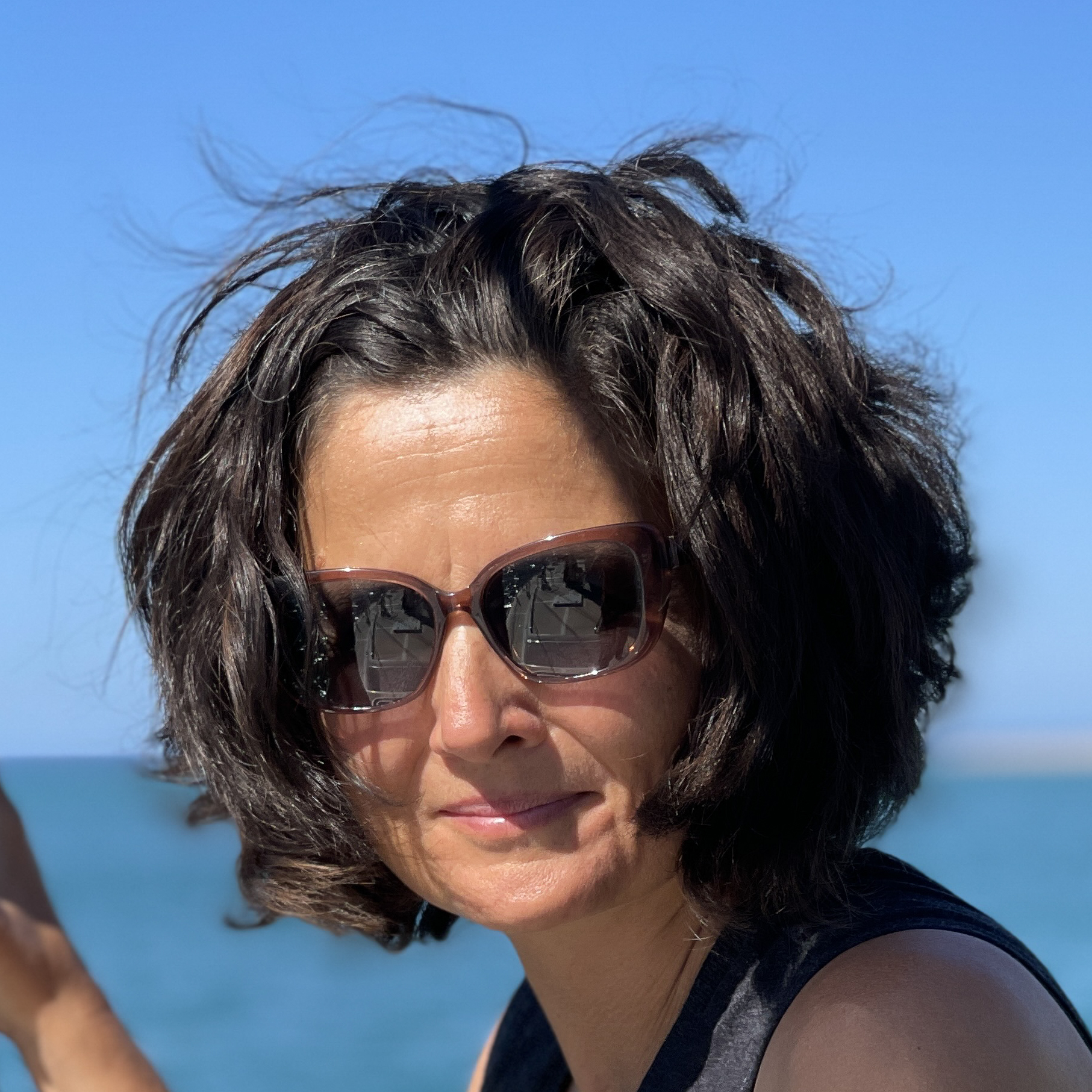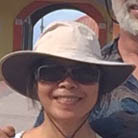PANAMA - GALAPAGOS
- Best Time to Sail:
- December to May: This period corresponds to the warm season in the Galápagos, with calmer seas and more predictable winds.
- Look for stronger northerlies bloing across the isthmus of Panam to head South – they develop in Mid January through Mid March
- June to November: Expect cooler waters and stronger currents due to the Humboldt Current, along with a higher chance of overcast skies.
- Avoid the ITCZ (Intertropical Convergence Zone):
- The ITCZ lies north of the equator and can bring light, variable winds, thunderstorms, and squalls. Monitor forecasts to avoid prolonged doldrums.
Winds
- Trade Winds:
- Expect light to moderate northeast trade winds near Panama.
- As you cross the equator, winds can shift or become variable.
- Galápagos Convergence:
- Winds near the islands are generally light and may require motoring.

Ocean Currents
- Panama Current:
- Eastward-flowing, opposing your path. It can slow your progress.
- Humboldt Current:
- A cold, southward-flowing current near the Galápagos that can enhance sailing speeds if properly leveraged.
- Equatorial Countercurrent:
- A westward-flowing current that supports your passage after crossing the Panama Current.
Challenges
- Light Winds:
- Motoring may be necessary for parts of the journey, especially near the equator. Carry extra fuel.
- Squalls:
- Common in the ITCZ; prepare for heavy rain and sudden gusts.
- Navigation:
- Approach the Galápagos cautiously. Numerous islands and rocky outcrops require precise plotting.
WEATHER
CURRENTS
SWELL AND WAVES
FLEET UPDATE 2025-01-05
|
|
|
|
|
|
|
|
|
|
|
|
|
|
|
|
|
|
|
|
|
|
|
|
|
|
|
|
|
|
|
|
|
|
|
|
|
|
|
![]()
MOUNT YASUR TANNA 🇻🇺 VANUATU
MOUNT YASUR 🇻🇺 VANUATU |
|
|
|
|
|
Exploring and Visiting Mount Yasur, Vanuatu Mount Yasur, located on Tanna Island in Vanuatu, is one of the world's most accessible active volcanoes, offering visitors an unforgettable experience. Revered by the local Ni-Vanuatu people and celebrated for its fiery displays, this iconic site attracts adventurers, nature lovers, and cultural enthusiasts alike.
|
|
|
|
|
|
Mount Yasur rises 361 meters above sea level and dominates the landscape of Tanna Island. Its regular eruptions, ranging from gentle bursts to dramatic explosions, have earned it the moniker of the "Lighthouse of the Pacific." The volcano sits atop the Pacific Ring of Fire, a geologically active region characterized by frequent seismic activity. Yasur’s eruptions are classified as Strombolian, producing frequent but relatively mild explosions, making it accessible for close observation. |
|
|
|
|
|
The ash plains surrounding the volcano, formed by years of eruptions, create a stark, otherworldly terrain. These plains, combined with the volcano’s glow, offer a surreal and breathtaking panorama, especially during sunset or night visits. |
|
|
|
|
|
For the Ni-Vanuatu ( Ni-VAN) people, Mount Yasur is more than a geological marvel; it is a sacred site. The volcano’s eruptions are seen as the voice of their ancestors and gods, conveying messages from the spirit world. Visitors are encouraged to respect local customs and traditions when approaching Yasur, as it remains integral to their cultural identity. |
|
|
|
|
|
When you get to Tanna you will anchor at Port Resolution WHAT TO BRING Sturdy footwear: The hike to the volcano’s rim involves navigating loose volcanic ash and uneven terrain.
Physical Considerations While Mount Yasur is considered one of the most accessible volcanoes, the final ascent to its rim requires moderate physical fitness. The trail, though relatively short, can be steep and slippery, particularly after rain. |
|
|
|
|
|
The Ascent The journey begins with a drive through the island’s lush landscapes and barren ash plains, culminating at the volcano’s base. From there, a short hike leads to the rim, where visitors are greeted by the sight of molten lava and the rumbling sound of eruptions. The experience is both awe-inspiring and humbling. The Eruptions Standing at the edge of Mount Yasur’s crater, visitors witness one of nature’s most dramatic spectacles. The eruptions, occurring every few minutes, propel glowing lava bombs into the air, illuminating the night sky. The intensity and frequency of activity vary, but the sight is always mesmerizing. Safety Measures Safety is a priority when visiting an active volcano. Tour operators and local guides monitor Yasur’s activity levels and adhere to restrictions when necessary. Visitors should follow all guidelines, maintain a safe distance from the crater’s edge, and respect warnings. |
|
|
|
|
|
Best Time to Visit The dry season, from May to October, is the ideal time to visit Mount Yasur. During this period, clear skies and stable weather conditions enhance visibility and access. Evening visits are particularly popular, as the glowing lava contrasts beautifully against the darkening sky. |
CATHEDRAL ALCÁZAR AND ARCHIVO DE INDIAS SEVILLE 🇪🇸 SPAIN
CATHEDRAL ALCÁZAR - ARCHIVO DE INDIAS SEVILLE 🇪🇸 SPAIN

1. The Cathedral of Seville
Overview:
The Cathedral of Seville, formally known as the Catedral de Santa María de la Sede, is one of the largest Gothic cathedrals in the world and a masterpiece of medieval architecture. Built between 1401 and 1519, the cathedral was constructed on the site of the former Almohad Mosque, symbolizing the city’s Christian reconquest.
Key Features:
- Giralda Tower: Originally the mosque’s minaret, the Giralda was repurposed as a bell tower. Its Moorish design, crowned by a Renaissance bell structure, showcases Seville’s layered history.
- Main Altar: The world’s largest Gothic altarpiece is an intricate gilded depiction of biblical scenes, a testament to the artistry of the Spanish Renaissance.
- Christopher Columbus’ Tomb: Housing the remains of the famed explorer, the tomb is a symbolic reminder of Spain’s role in the Age of Exploration.
- Magnificent Stained Glass: The cathedral’s windows date back to the 15th and 16th centuries, casting a kaleidoscope of colors across the interior.
Access:
- Entry Points: Tickets can be purchased online or at the cathedral’s entrance. Entry includes access to the Giralda Tower.
- Accessibility: Most of the cathedral is wheelchair-accessible, though the Giralda’s ascent requires navigating ramps.
- Hours:
- Summer: 10:45 AM – 4:00 PM (Monday-Saturday), 2:30 PM – 6:00 PM (Sunday).
- Winter: Slightly extended morning hours.
- Best Time to Visit:
Morning hours (10:00 AM–12:00 PM) are ideal for avoiding crowds. Midweek visits often provide a quieter experience.
Why Go?
The Cathedral of Seville offers unparalleled insights into Spain’s religious fervor, architectural ambition, and cultural dominance. The blending of Gothic, Renaissance, and Islamic elements showcases Seville’s pivotal role in history.
2. The Alcázar of Seville
Overview:
The Real Alcázar of Seville is one of Europe’s oldest royal palaces still in use. Originally a Moorish fort, it was expanded by Christian monarchs into the opulent structure we see today. Its Mudejar architecture, lush gardens, and detailed tilework exemplify Andalusia’s unique cultural synthesis.
Key Features:
- Patio de las Doncellas (Courtyard of the Maidens): A serene courtyard framed by intricate arches and reflecting pools, symbolizing Moorish aesthetics.
- Sala de los Embajadores (Hall of Ambassadors): The throne room of Pedro I, with a stunning gilded dome that dazzles visitors.
- Gardens: The palace gardens span several acres, featuring fountains, orange groves, and labyrinthine hedges. They are a peaceful retreat from the bustling city.
- Game of Thrones Fame: Portions of the Alcázar were used as the set for Dorne in the popular TV series, drawing fans from around the globe.
Access:
- Tickets: Online booking is recommended, especially during peak tourist seasons.
- Hours:
- March-October: 9:30 AM – 7:00 PM
- November-February: 9:30 AM – 5:00 PM
- Best Time to Visit:
Early mornings and late afternoons are best for smaller crowds. Spring, when the gardens are in bloom, is particularly enchanting. - Guided Tours: A guided tour is highly recommended to understand the nuanced history and architectural details.
Why Go?
The Alcázar immerses visitors in a tapestry of Andalusian history, from its Moorish origins to its role as a royal residence. It’s a living monument where centuries of power and artistry converge.
3. Archivo de Indias (Archive of the Indies)
Overview:
The Archivo de Indias is a treasure trove of historical documents that chronicle Spain’s empire in the Americas and the Philippines. Housed in a grand Renaissance building, the archive contains approximately 43,000 volumes and 80 million pages, covering three centuries of global exploration, trade, and governance.
Key Features:
- Documents: The archive holds critical records, including Christopher Columbus’ journal, Ferdinand Magellan’s expedition logs, and plans for major colonial cities.
- Exhibitions: Rotating exhibits display fascinating manuscripts, maps, and artifacts. They bring the story of Spain’s empire to life for modern audiences.
- Architecture: The building itself is a work of art, designed by Juan de Herrera. Its elegant simplicity contrasts with the ornate styles of the Cathedral and Alcázar.
Access:
- Entry: Admission is free, though advanced reservations may be needed for specific events or tours.
- Hours:
- Monday-Friday: 9:30 AM – 5:00 PM
- Saturday: 9:30 AM – 2:00 PM
- Closed on Sundays and public holidays.
- Best Time to Visit:
Mornings are ideal for quiet exploration. Check for guided tours or special exhibitions to enrich your visit.
Why Go?
The Archivo de Indias provides a window into the Age of Exploration, offering firsthand accounts of the triumphs and tragedies that shaped the modern world. For history enthusiasts, it’s an unparalleled resource.
SOUTH PACIFIC SEMINARS
OCEAN POSSE SOUTH PACIFIC SEMINAR SERIES ( ZOOM )
FEBRUARY 2025 PACIFIC CROSSING SEMINARS - RSVP HERE
WEDNESDAY Feb 5 2025 @ 19:00 UTC ( 14:00 ET )
THURSDAY Feb 6 2025 @ 19:00 UTC ( 14:00 ET )
SAFETY, SECURITY, CLEARING IN AND OUT, CREW SELECTION
+
🐢Galapagos🗿Easter Island
🇵🇳 Pitcairn
🇰🇮 Kiribati
FRIDAY Feb 7 2025 @ 19:00 UTC ( 14:00 ET )
WEATHER SQUALLS AND ELEVATED SEA STATE
+
🇵🇫 French Polynesia
🇨🇰 Cook Islands
SATURDAY Feb 8 2025 @ 19:00 UTC ( 14:00 ET )
PROVISIONING IN PARADISE AND MUST SEE AND DO'S
+
🇦🇸 American Samoa
🇼🇸 Samoa
🇳🇺 Niue
TUESDAY Feb 11 2025 @ 19:00 UTC ( 14:00 ET )
OPEN CPN INSTALLATION USING OPEN CPN SAT CHARTS
+
🇼🇫 Wallis & Futuna
🇹🇴 Tonga
WEDNESDAY Feb 12 2025 @ 19:00 UTC ( 14:00 ET )
FUEL, LOGISTICS, REPAIRS, CYLCONE SEASON STRATEGIES
+ 🇫🇯 Fiji
THURSDAY Feb 13 2025 @ 19:00 UTC ( 14:00 ET )
OPEN CPN INTEGRATION AND CHART ORGANIZATION
+
🇻🇺 Vanuatu
🇳🇨 New Caledonia
FRIDAY Feb 14 2025 @ 19:00 UTC ( 14:00 ET )
Q&A
+
🇳🇿 New Zealand
🇦🇺 Australia
RSVP REQUIRED



